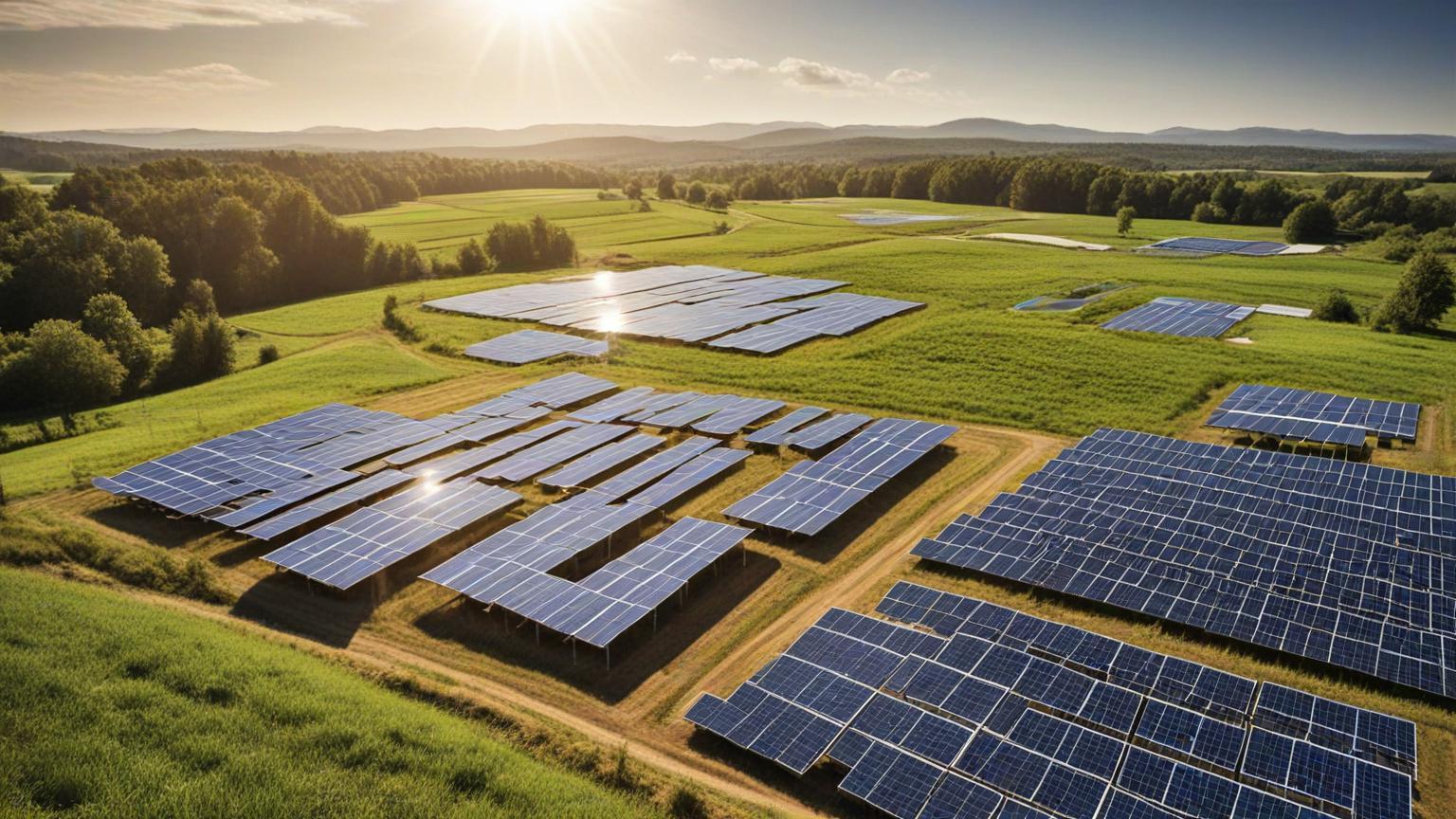In the heart of the renewable energy revolution, innovation is key to staying ahead. With each groundbreaking development, the landscape of solar power continues to evolve, offering new methodologies and technologies to optimize energy use. Among these innovative approaches, the concept of Virtual Power Plants (VPPs) is rapidly gaining traction, promising to dramatically change how we manage and optimize solar energy resources.
Initially, the idea of virtual power plants may sound like a tech buzzword, a futuristic concept still in its infancy. However, the reality is far from this notion. In essence, a VPP is a network of decentralized, medium-scale power generating units such as solar, wind, and other renewable sources, along with storage systems, integrated and managed through advanced software solutions to operate like a traditional power plant.
The transformative impact of VPPs lies in their ability to efficiently manage and distribute solar power, which is notoriously intermittent and variable by nature. By synergizing several energy sources and storage systems, VPPs can ensure consistent energy availability even in the absence of sunlight, addressing one of the primary challenges faced by solar energy providers.
One of the most celebrated benefits of VPPs is their capability to reduce the need for expensive physical infrastructure traditionally required for energy generation and distribution. As solar technology takes a digital leap forward, VPPs leverage sophisticated algorithms and cloud-based platforms to monitor, predict, and allocate resources effectively. This digital transformation allows operators to adjust to real-time demand fluctuations more nimbly and cost-effectively.
Moreover, VPPs can facilitate participation in energy markets for small to medium-sized renewable power producers, breaking the monopoly held by large-scale energy providers. As more homes and businesses adopt solar energy systems, they can potentially contribute excess power to a VPP, receiving compensation and supporting grid stability at the same time. This democratization of energy resources is a significant step toward a more sustainable and balanced power ecosystem.
Importantly, virtual power plants are not just a theoretical concept but a reality already reshaping energy grids around the globe. From Germany's pilot projects that offer crucial lessons to the rest of the world, to Australia's ambitious plans to bolster their energy network using VPPs, the adoption of this technology is accelerating.
As we transition into a future increasingly powered by renewable energy, the seamless integration of VPPs offers exciting possibilities. The ongoing investments in this technology research and development underscore its promising potential.
However, despite the promising outlook, challenges remain. Concerns over data privacy, cybersecurity, and regulatory frameworks are key issues that need comprehensive solutions. The development of robust cybersecurity measures and standardization of technologies is imperative to safeguard and optimize these advanced systems securely.
In conclusion, virtual power plants represent a future where solar energy is no longer a supplementary source but a cornerstone of our energy grids. By reducing reliance on fossil fuels and democratizing energy markets, VPPs could lead the charge toward a cleaner, more efficient, and sustainable world. As the adoption of VPP technology continues to expand, this innovative model is set to redefine the boundaries of what is possible with solar optimization.
Exciting days are ahead as we harness the power of technology not just to generate but to manage our energy resources more imaginatively and responsibly.
Harnessing Virtual Power Plants for Solar Optimization

